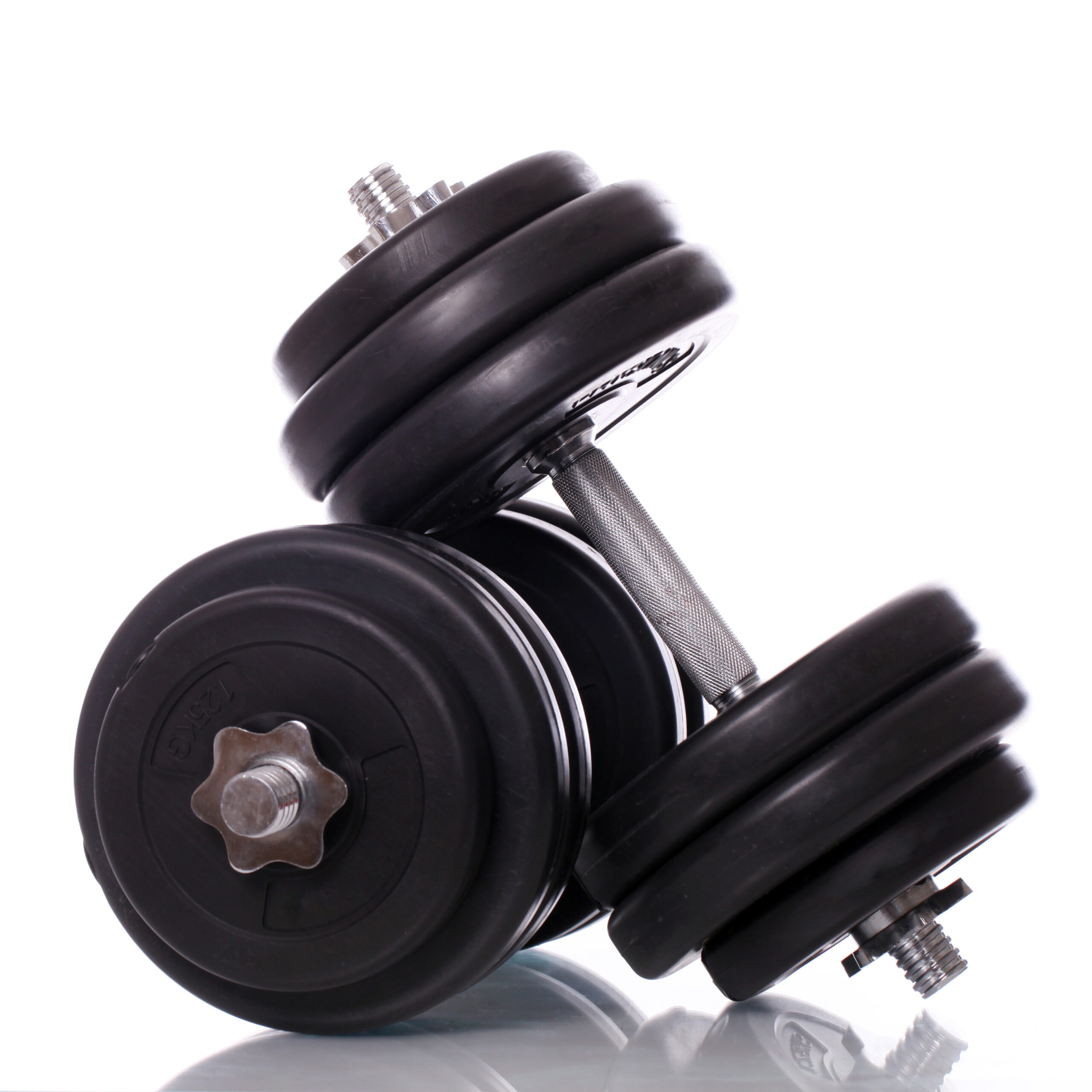Resistance Machines
For those who prefer a more controlled and guided workout, resistance machines are an excellent choice. These machines provide stability, making them ideal for beginners or those looking to isolate specific muscle groups.
- Leg Press Machine: This machine targets the quadriceps, hamstrings, and glutes. It’s great for leg day, offering a safer alternative to squats, especially for those with back or knee issues.
- Chest Press Machine: A variation of the bench press, the chest press machine is a great option for isolating the chest, shoulders, and triceps, without needing a spotter.
- Lat Pulldown Machine: This machine targets the upper back and biceps, mimicking the pull-up motion, but with added resistance for improved muscle building.
- Smith Machine: This piece of equipment is a type of barbell that moves on fixed rails, providing more stability during exercises like squats, presses, and deadlifts.
While machines are effective for isolating muscle groups and improving strength, they are not always ideal for functional training because they do not mimic real-life movements as well as free weights do.
3. Cardio Equipment
Cardiovascular exercises are essential for heart health, burning calories, and improving endurance. Cardio equipment can help you achieve your fitness goals while providing variety to your workout routine.
- Treadmills: The most common cardio machine, the treadmill allows you to walk, jog, or run at varying speeds and incline levels. It’s great for those looking to improve cardiovascular fitness or lose weight. Many modern treadmills have built-in programs that vary the intensity, providing interval training options to improve endurance and burn fat.
- Elliptical Machines: This low-impact alternative to the treadmill provides a full-body workout by engaging both the upper and lower body. Ellipticals are ideal for individuals with joint issues or those looking for a less strenuous way to get their cardio in.
- Stationary Bikes: Stationary bikes, including upright and recumbent versions, are great for low-impact cardiovascular exercise. They help strengthen the legs and improve endurance without placing excessive strain on the knees or hips.
- Rowing Machines: Rowing machines provide a full-body workout by engaging the legs, back, arms, and core. The rowing motion is an excellent way to improve cardiovascular fitness while toning and strengthening muscles.
4. Core and Stability Equipment
Having a strong core is crucial for overall body strength, balance, and posture. Incorporating stability and core-focused equipment into your routine can improve muscle engagement and prevent injury.
- Swiss Balls: Also known as stability balls, these large inflatable balls are used to improve balance, flexibility, and strength. They are especially effective for core exercises like planks, crunches, and roll-outs.
- Ab Rollers: An ab roller is a simple but effective tool for engaging the core. It involves rolling forward and backward while maintaining control, which targets the abdominal muscles, hip flexors, and shoulders.
- Medicine Balls: Medicine balls are weighted balls used for a wide variety of exercises, including core workouts, explosive movements, and functional training. They are especially useful for improving coordination, stability, and power.
- Resistance Bands: These elastic bands come in various resistance levels and can be used for strengthening exercises, stretching, and mobility work. They are portable and versatile, making them perfect for home workouts or adding intensity to a gym routine.
5. Flexibility and Recovery Tools
A crucial but often overlooked aspect of fitness is recovery. Recovery tools help reduce muscle tension, improve flexibility, and speed up the healing process after intense workouts.
- Foam Rollers: Foam rolling is a self-myofascial release technique that helps reduce muscle tightness, improve blood flow, and enhance recovery. Regular foam rolling can increase flexibility and decrease the risk of injury.
- Stretching Machines: Some gyms have stretching machines that assist in deep stretching to improve flexibility. These machines guide your body into specific stretching positions to target certain muscle groups, promoting increased range of motion.
- Massage Guns: Percussion massage devices are becoming increasingly popular for recovery. They use rapid pulses to stimulate muscle tissue, helping to alleviate soreness and speed up recovery time.
6. Specialized Equipment for Functional Training
Functional training involves exercises that mimic daily movements, improving your overall mobility, coordination, and strength. Specialized equipment can help enhance functional training routines.
- Battle Ropes: Battle ropes are thick, heavy ropes used for high-intensity, full-body workouts. They improve cardiovascular endurance, strength, and coordination, and are excellent for developing explosive power and stability.
- Plyometric Boxes: Plyometric training involves explosive movements, and plyo boxes are used for exercises like box jumps, step-ups, and depth jumps. These exercises improve agility, coordination, and overall athletic performance.
- Sleds: Sleds are used for pushing or pulling exercises that build strength, endurance, and speed. They are a great tool for improving lower-body power and conditioning.
Conclusion
Whether you’re aiming to build strength, improve cardiovascular health, or enhance flexibility, the gym equipment listed above can help you achieve your fitness goals. It’s important to select equipment based on your fitness level and the specific areas you want to focus on.
As you progress, diversifying your workout routine with a mix of free weights, machines, cardio equipment, and recovery tools will not only keep your workouts exciting but also ensure that you’re targeting your muscles from every angle. Investing in a variety of gym equipment can help you stay motivated, reduce the risk of injury, and optimize your results.
Remember, the most effective workouts don’t rely solely on the equipment, but how you use it. Consistency, proper form, and progressive overload are the keys to success, regardless of whether you’re working out in a fully equipped gym or at home with minimal gear.
By understanding and utilizing the wide array of available gym equipment, you can take control of your fitness journey, achieve your desired results, and continue to challenge yourself along the way.






